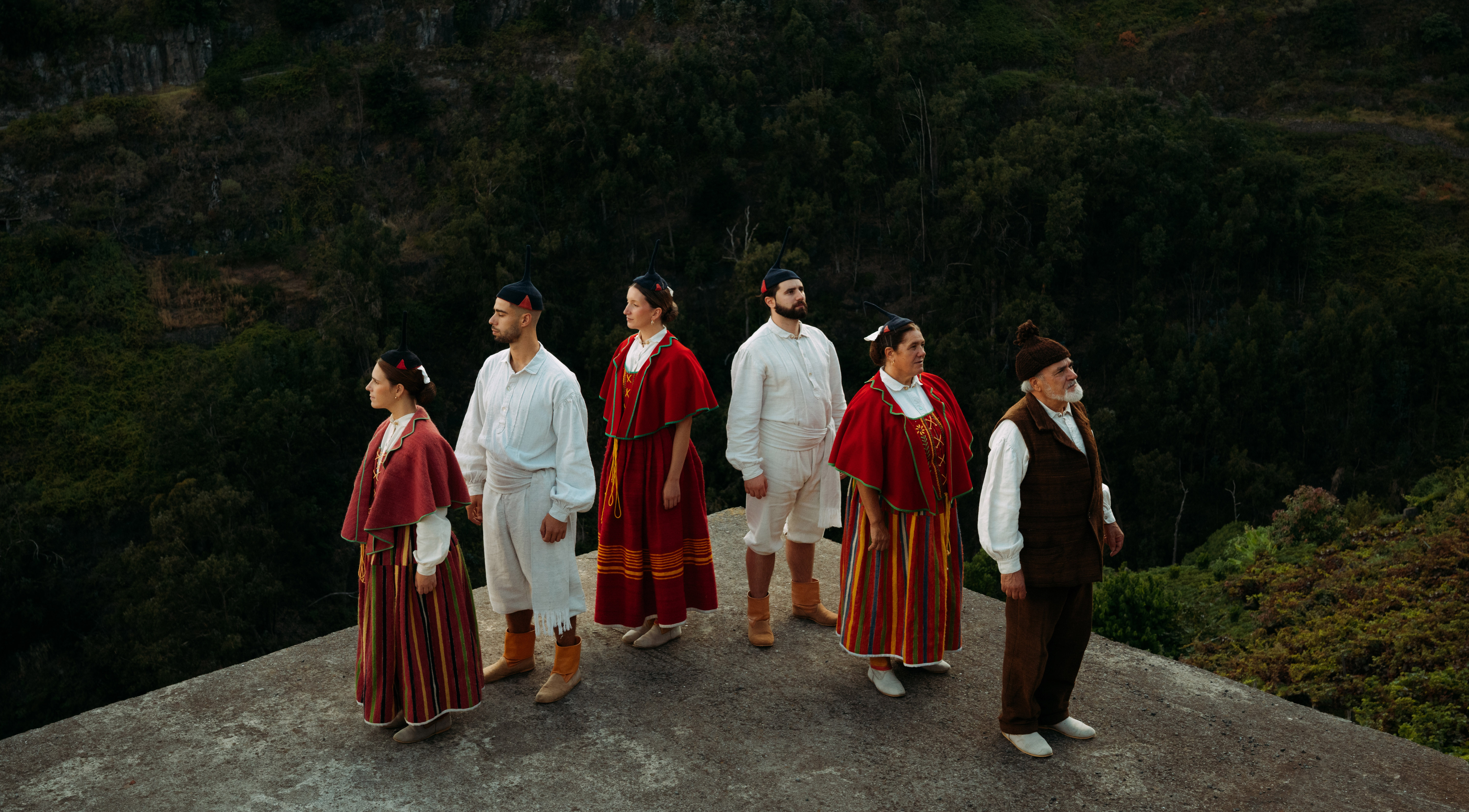The Camacha community centre Folklore Group is one of Madeira's ambassadors in the world, taking the colours of the typical costume to the four corners of the globe
In 1948, the parish of Camacha saw the birth of a folklore group at the Casa do Povo community centre. At the time, it had the dream of representing Portugal at the International Dance Competition in Madrid, Spain.
Ethnographer Carlos Maria dos Santos was the group's first artistic director, responsible for exhaustive research into music, dances, costumes, and customs, from every corner of the Madeira Archipelago.
Thanks to the great affluence and passion of the members of the Casa do Povo da Camacha Folklore Group, its activity is uninterrupted, making it the oldest active group in the region.
Despite its advanced age – 75 years of history, after all – the essence remains young, full of vitality and with the will to continue to take the roots of folklore further.
The songs and dances performed by the Casa do Povo da Camacha Folklore Group date back to the 19th and early 20th centuries. Nevertheless, they evoke reminiscences that go back to the 15th century and relate to the very settlement of the island.
Over the years, the group has travelled the length and breadth of Portugal and taken the name of Madeira to Europe, North and South America, Africa, the Middle East, Asia, and Oceania.
The effervescence, the promotion of identity and the commitment to keeping folklore alive and well has not gone unnoticed by the highest authorities. The Folklore Group has been honoured for its promotion of Popular Culture by the Regional Government of Madeira, the Regional Secretariat for Tourism, and the Municipality of Santa Cruz.
Despite these recognitions, this soulful group keeps at it, year after year, with the mission of collecting, preserving, and disseminating the island's intangible heritage – a job that never ends.
The group's history interested the artist Georgina Abreu, whose vision resulted in an evocative exhibition at the Casa da Cultura in Santa Cruz.
The artist wanted to capture the dialectic between traditional costume (which is the benchmark of typical Madeira dress) and the island's magnificent landscapes. The work took place between 2020 and 2023 and was based on paper and fabric.















